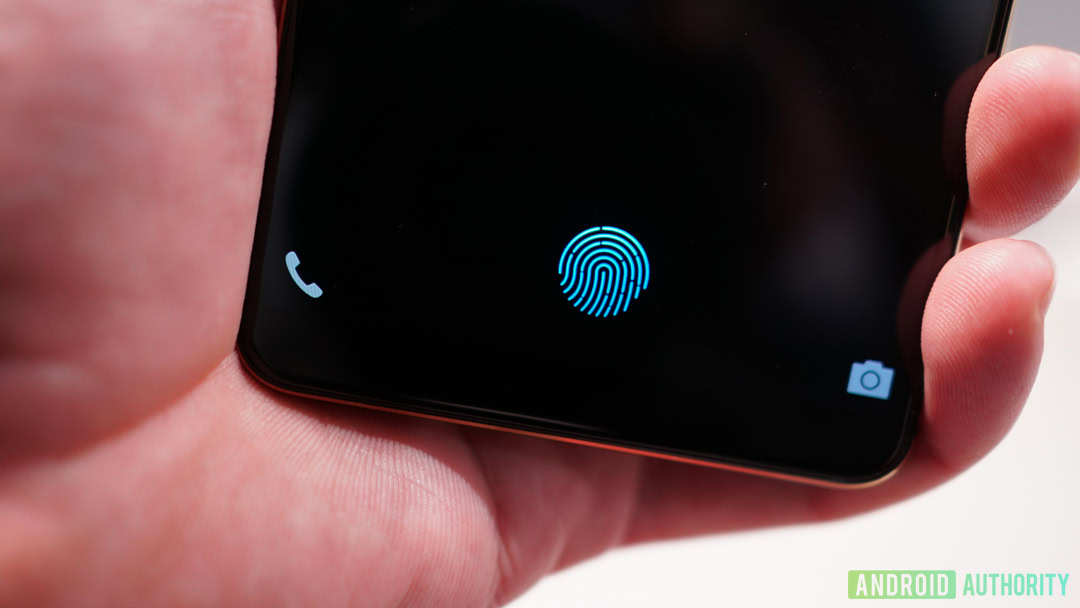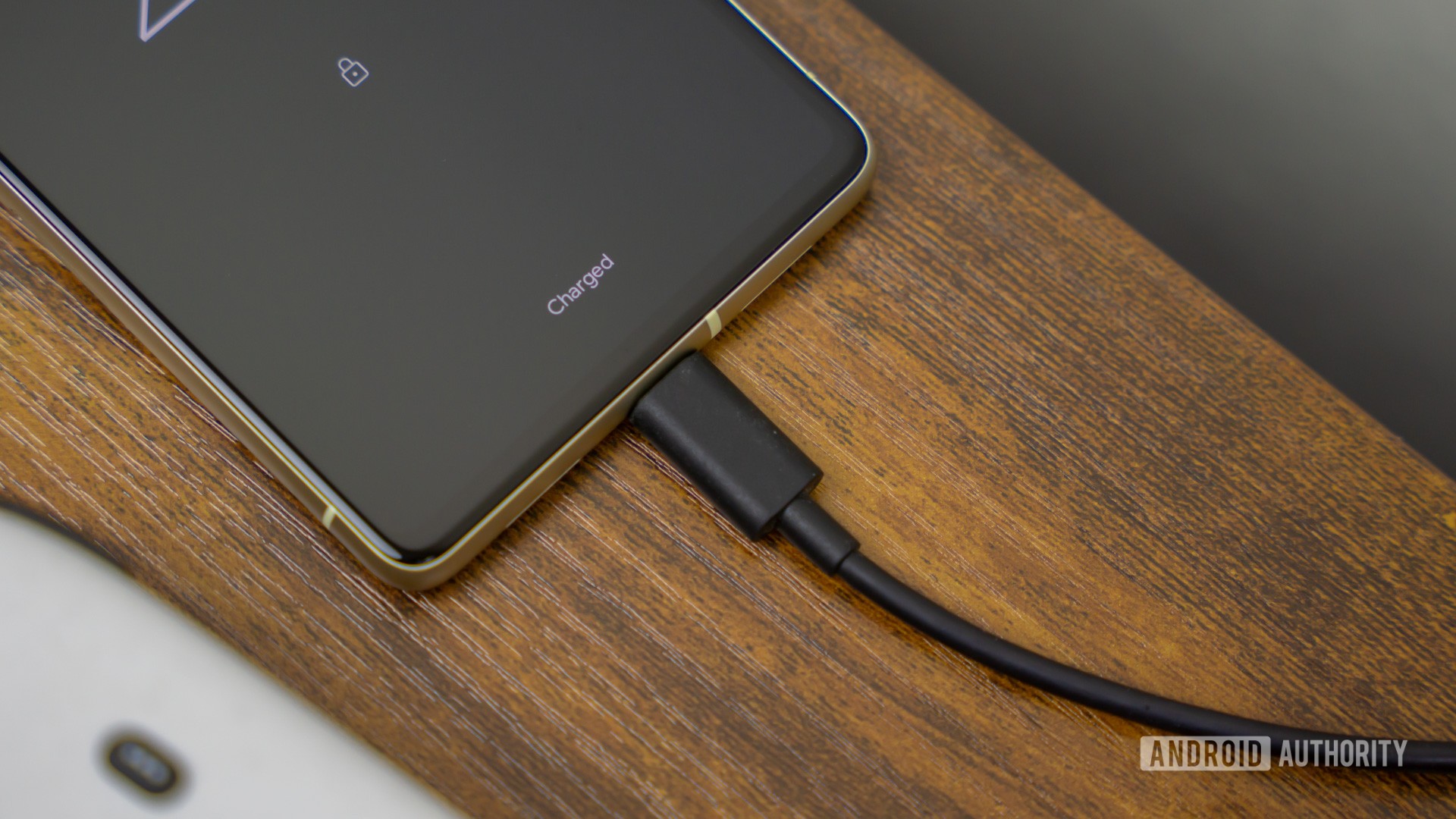Affiliate links on Android Authority may earn us a commission. Learn more.
Samsung in-display fingerprint sensor delayed until Galaxy S10? (Updated)
May 31, 2018

Update (05/31): A new report out of South Korea has claimed that Samsung has turned to Qualcomm for help with fitting an in-display fingerprint sensor on the Galaxy S10.
According to ETNews, Samsung has “confirmed” to partners that it will install an in-display reader underneath its own Samsung Display glass. While it had previously been reported that Samsung would be using its own biometric technology, the latest round of speculation suggests that it will instead rope in silicon giant Qualcomm and its ultrasonic fingerprint sensor tech.
Regardless of whether its Qualcomm or Samsung that provides the technology, it seems increasingly likely that an in-display sensor will arrive on Samsung’s next S series flagship.
Original story (05/14): In the latest twist to the will-they-wont-they roundabout that is Samsung and in-display fingerprint sensors, a new rumor has suggested that the Samsung Galaxy S10 will be the first Samsung device to get this feature, not the Galaxy Note 9.
The latest speculation, which arrives from Chosun, suggests that Samsung has completed core development on the technology, but requires more time to improve its accuracy.
vivo and HUAWEI have both already released devices that use an in-display optical scanner developed by Synaptics. However, the article points out that Samsung is developing an in-display fingerprint sensor that uses ultrasonic technology — said to be more accurate, yet more expensive to produce.
The article also indicates that Samsung is happy to wait until the tech is right because it’s planning to use it in other products — such as home appliances, IOT devices, and vehicles — too.

While news of potential delays is always frustrating, when you take a look at the devices that already have an in-display sensor, you can perhaps see why Samsung may want to take its time.
Though we were impressed with the sensor in the vivo X20 Plus UD, we found it to be noticeably slower than equivalent non-in-display sensors. Meanwhile, the Porsche Design HUAWEI Mate RS included an extra fingerprint sensor on the back of the device; we haven’t tried out the in-display sensor on this phone, but the fact that HUAWEI felt the need to include a second one on the back suggests that it isn’t 100 percent confident in the in-display technology.
We’ve written before that consolidation and refinement could be the best way for Samsung to keep its position at the top of the industry. It may not be the first manufacturer to release an in-display fingerprint sensor, but by ensuring that it gets the technology right when it finally does, Samsung is likely to achieve more success with it.
Next up: Samsung Galaxy S10: What we know about Samsung’s next big thing
Thank you for being part of our community. Read our Comment Policy before posting.